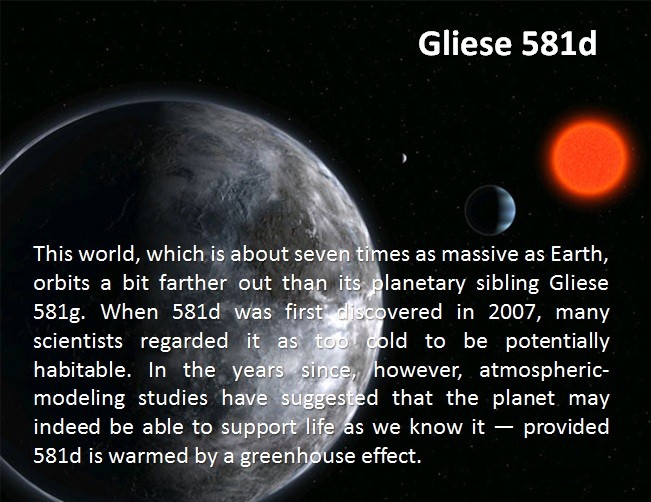Astronomers are insinuating that mysterious signals, previously described as stellar bursts, are originating from an earth-like planet, the Daily Mail reported. The Gliese 581d, as it is referred to, has conditions that can support life and is twice as big as the Earth.
The first signals from the earth-like planet were first recorded in 2010; however, astronomers have dismissed the idea, saying that it has been just noise from some distant stars.
Further studies have claimed that last year's conclusion was just out of "inadequate analysis" of the data and that a real earth-like planet, Gliese 581d really does exist.
While the researchers from Pennsylvania State University, said in the previous year that Gliese 581d, as well as, the Gliese 581g were just tricks from the light brought about by the magnetic bursts originating from a distant star, 22 light-years away, a new British sponsored research has argued that the first observers missed small details.
The study conducted by the Queen Mary University and the University of Hertfordshire has claimed that theirs utilized a more accurate model for the existing data.
"The existence (or not) of GJ 581d is important because it was the very first Earth-like planet ever seen within the 'Goldilocks'-zone around a star and it is making a benchmark case for the Doppler technique," said Dr. Guillem Anglada-Escude, the lead author.
Meanwhile, Dr. Stephen Kane, a US Atronomer, said "Some people call these habitable planets, which of course we have no idea if they are. We simply know that they are in the habitable zone, and that is the best place to start looking for habitable planets," the Mirror said.



























